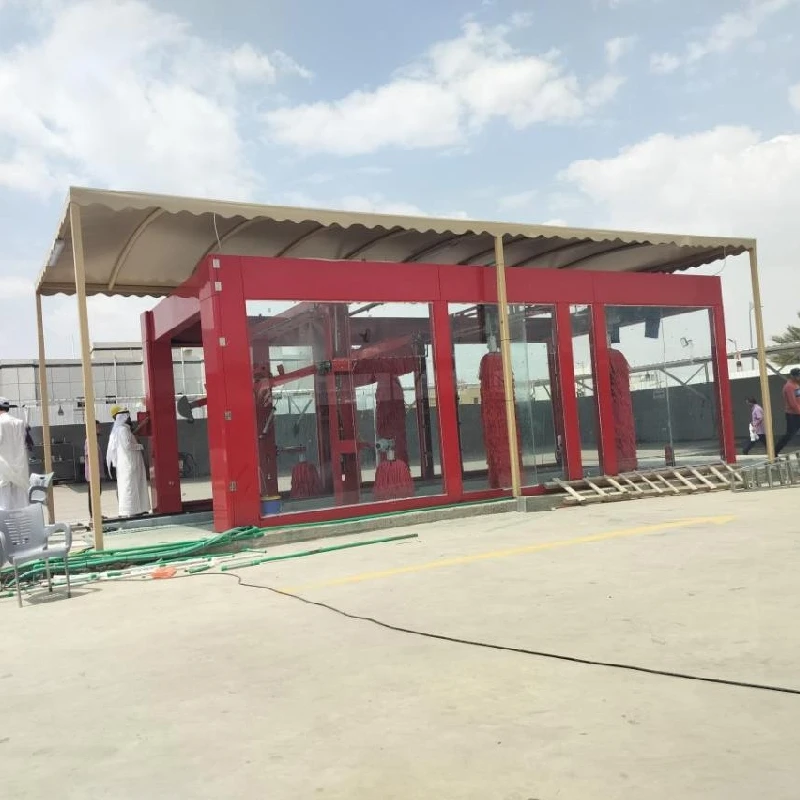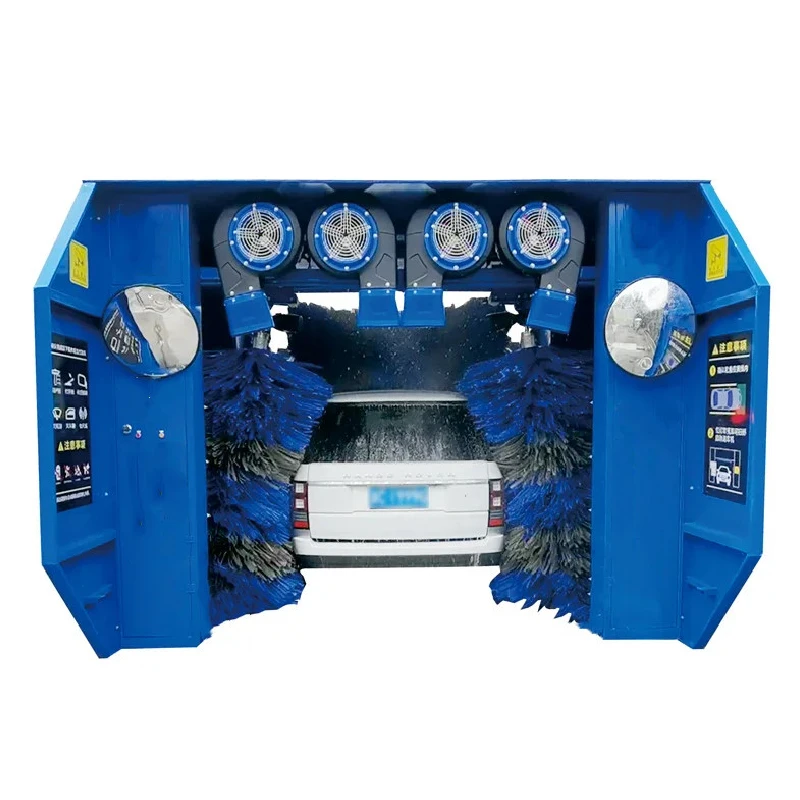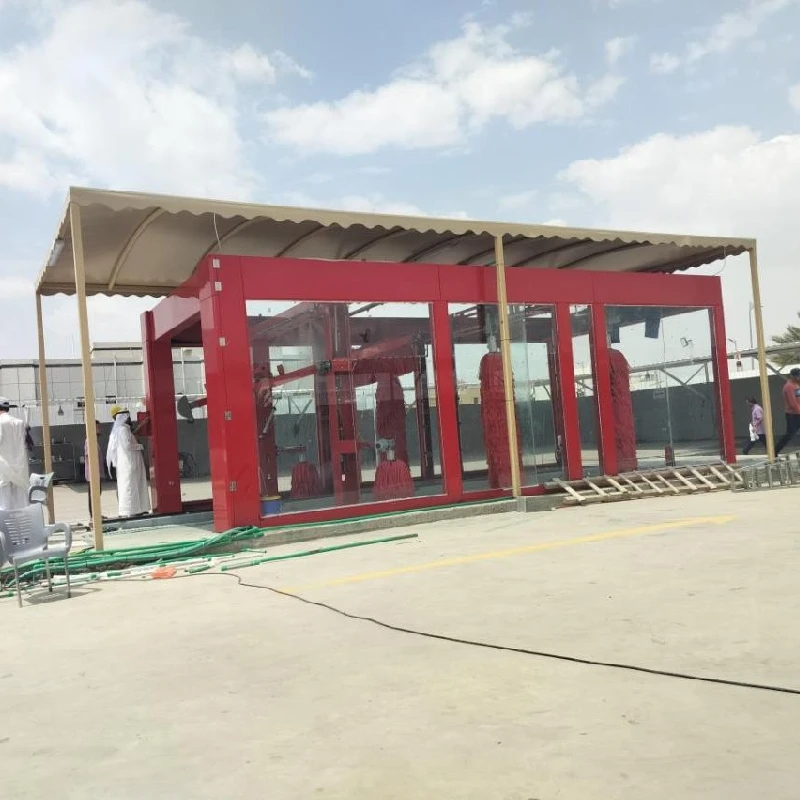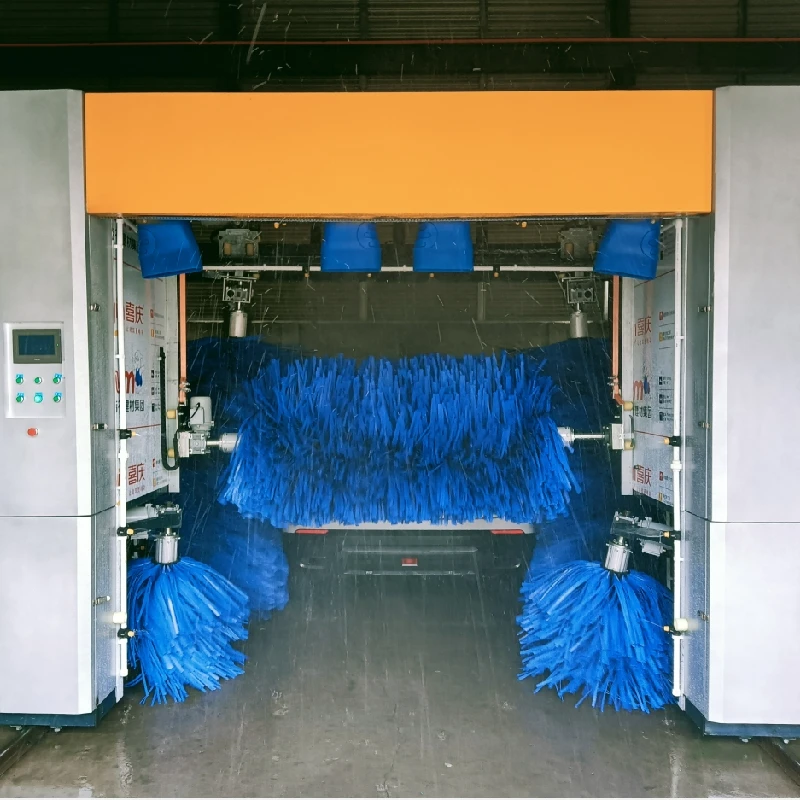Car Wash Tunnel Design: Efficient, Customizable, High ROI
Inside the Modern Car Wash Tunnel: Design Notes, Specs, and Real-World Lessons
If you work around equipment yards as much as I do, you start to notice which tunnels keep humming after three winters and which ones… don’t. Good car wash tunnel design quietly pays for itself: fewer stoppages, happier members, cleaner finishes. Today I’m looking at the DY-QC-9 Tunnel Car Washing Machine and what its build says about where the industry is heading.

What stands out in the DY-QC-9
Manufactured in 27Retail Sales, East Of Fuxin Road, Qiaoxi Area, Xingtai, Hebei, China, the DY-QC-9 leans into durability: national-standard galvanized profiles and plates, CNC machining, precise welding and forming, then hot-dip galvanizing and powder-spray high-temp curing. In plain English: a steel skeleton with serious corrosion armor. In fact, many customers say the frame still looks fresh after salty shoulder seasons.
Product snapshot
| Model | DY-QC-9 Tunnel car washing machine |
| Throughput | ≈60–90 cars/hour (real-world use may vary) |
| Tunnel length | ≈18–30 m configurable; vehicle height up to ≈2.1 m |
| Power | ≈25–40 kW installed (VFDs on major drives) |
| Water per car | ≈80–120 L with reclaim; ≈150–220 L without |
| Brushes & arches | Top + side brushes (5–9 sets), foam/chem arches, chassis spray (opt.) |
| Controls | PLC + remote diagnostics; emergency e-stops per IEC practice |
| Finish | Hot-dip galvanized + powder coating (≈80–120 μm total) |
Process flow (how the frame is built)
Materials: national-standard galvanized profiles/plates. Methods: CNC cutting, jig welding, forming. Surface: hot-dip galvanizing, then powder spraying with high-temp melting/curing. Testing: coating thickness gauge (ISO 2808), cross-cut adhesion (ISO 2409), neutral salt spray (ISO 9227/GB/T 10125)—target ≥480 h on coated coupons; motor/drive protection typically IP54–IP55 (IEC 60529). Service life: designed ≈10–15 years with routine wash-chem neutralization and seasonal inspections.
Where a tunnel like this shines
- High-volume retail sites with membership programs
- Dealerships and reconditioning lanes that need consistent finish quality
- Fleet ops (rideshare partners, rental hubs) prioritizing uptime
Operators tell me the combination of VFD-driven brushes and precise pre-soak makes SUV mirrors less drama. And yes, a well-tuned car wash tunnel design still beats touchless on road film removal time after time.
Vendor snapshot (quick comparison)
| Feature | DY-QC-9 | Vendor X | Vendor Y |
|---|---|---|---|
| Corrosion protection | Hot-dip galv + powder (C3–C4 duty, ISO 12944 guidance) | Painted steel, minimal galv | Stainless mix, higher cost |
| Throughput | ≈60–90 cph | ≈50–70 cph | ≈60–85 cph |
| Water reclaim | Optional (≈60–80% savings) | Optional (≈50–70%) | Standard on premium models |
| Remote diagnostics | Included PLC access | Limited | Included |
| Warranty | Typically 12–24 months | 12 months | 24 months (select) |
Trends and customization
We’re seeing hybrid brush + high-pressure arches (great for winter grit), energy-saving VFD blowers, LED chemical arches for show, and reclaim systems that hit 70–85% savings when dialed in. The DY-QC-9 can be tailored with extra wheel blasters, contour dryers, and subscription-ready POS integrations—a practical path to a resilient car wash tunnel design.
Case notes from the field
- Hebei dealership lane: reported ≈40% higher throughput after switching to synchronized brush speeds; swirls down thanks to chemistry timing.
- Coastal retail site: after powder + galv spec, maintenance logs show fewer corrosion touch-ups over two winters; “less squeak, more shine,” their manager joked.
Certifications and data points
Common documentation includes ISO 9001 quality management, CE marking for machinery, electrical panel compliance (often UL 508A or equivalent), and coatings validated against ISO 12944 guidance. Internal test coupons on comparable builds have achieved ≥480 h neutral salt spray (ISO 9227), coating thickness ≈80–120 μm, and motor/drive protection to IP54–IP55 (IEC 60529). Always ask your vendor for test reports—don’t be shy.
Sources
- ISO 9227: Corrosion tests in artificial atmospheres—Salt spray tests. https://www.iso.org/standard/75067.html
- ISO 12944: Paints and varnishes—Corrosion protection of steel structures. https://www.iso.org/standard/76342.html
- IEC 60529: Degrees of protection (IP Code). https://webstore.iec.ch/publication/2452
- International Carwash Association—Water Use and Reclaim Insights. https://www.carwash.org/
-
Car Wash Equipment – Durable, Efficient, Pro-Grade SystemsNewsNov.10,2025
-
automatic car washing machine price list: Fast ROI, Low CostNewsNov.10,2025
-
Car Wash Tunnel Design for High Throughput, ROI & UptimeNewsNov.10,2025
-
Car Wash Tunnel Design | High Throughput & Low MaintenanceNewsNov.10,2025
-
Automatic Car Washing Machine Price List - Fast ROINewsNov.10,2025
-
Car Wash Tunnel Design: High Throughput, Custom & DurableNewsOct.27,2025




